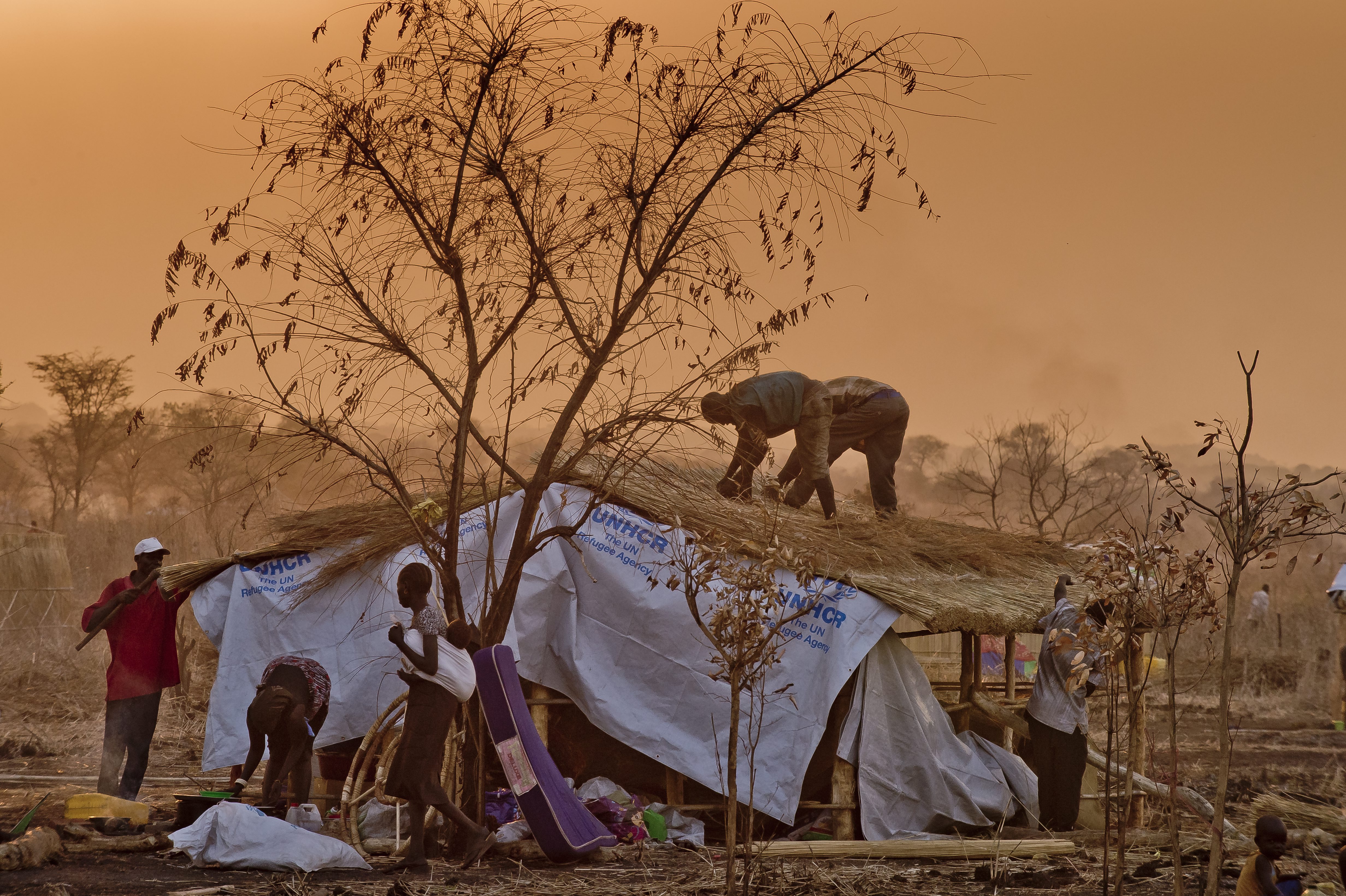Shelter
Shelter in urban areas
In urban areas, many refugees share accommodation or live in non-functional public buildings, collective centres, slums and informal types of settlements. Conditions are often substandard and providing shelter poses major challenges. In rural settings, delivering protection and humanitarian assistance through refugee camps is common.
More than 6.6 million refugees and people in refuge-like situations live in camps, among them 4.6 million in planned/managed camps and about 2 millions in self-settled camps. While camps can be practical, particularly during emergencies, encampment results in a range of problems, including aid dependency and isolation.
Setting up camps
UNHCR and the wider humanitarian community are not in favour of creating camps because we think other arrangements offer a more normal life for people forced to flee. When there is no alternative, we design camps, sites or settlements carefully to keep people safe and give them shelter. We also try to offer services to the host community.
A properly-laid-out camp protects the environment and helps prevent fires and outbreak of disease. In a well-designed camp, displaced people do not have to walk too far to get food, water or medical care. Water points and latrines are well-lit and close to homes so that girls and women, especially, will not be exposed to danger.
How does UNHCR help?
As well as distributing tents from our three centres in Dubai, Copenhagen and Durban, UNHCR also provides materials such as plastic sheeting and matting that can be used to make a simple shelter. Additionally, in more protracted situations, we fund the rehabilitation of communal shelters or construction of new homes, and provide the displaced with the materials they need to build a home themselves under self-help schemes.
UNHCR co-leads the Global Shelter Cluster with the International Federation of the Red Cross and Red Crescent Societies (IFRC). While the IFRC leads in natural disaster situations, we lead the team in conflict-generated displacement.

